Ensuring the safe transport of goods is paramount in the logistics and transportation industry. The proper use of load straps is a critical component in securing cargo, preventing accidents, and complying with legal regulations. At CarMax Vehicle, we specialize in providing high-quality semi-trailers and comprehensive guidance on load securing techniques. This guide delves into the intricate process of securing loads with straps, exploring best practices, types of straps, common pitfalls, and advanced techniques to enhance safety and efficiency.
Understanding the Importance of Proper Load Securing
Securing a load correctly is not merely a regulatory requirement but a crucial practice to safeguard both the cargo and those on the road. Improperly secured loads can shift during transit, leading to:
- Traffic Accidents: Unstable loads can cause vehicles to become unbalanced, increasing the risk of rollovers and collisions.
- Cargo Damage: Shifting or falling cargo may sustain significant damage, resulting in financial losses and potential legal liabilities.
- Injury Risks: Moving loads can injure drivers, pedestrians, and other road users.
By mastering load securing with straps, transportation professionals can mitigate these risks, ensuring safe and efficient delivery of goods.
Types of Straps for Load Securing
Selecting the appropriate strap type is fundamental to effective load securing. Various straps cater to different applications, load types, and securing methods.

1. Ratchet Straps
Characteristics:
- High tensile strength
- Adjustable tension via ratchet mechanism
- Typically made from polyester
Advantages:
- Superior holding power
- Resistant to abrasion and weather conditions
- Easy to use with precise tension control
Applications:
- Securing heavy machinery
- Transporting large pallets
- Long-haul freight
2. Tie-Down Straps
Characteristics:
- Simple design with buckles or hooks
- Often made from nylon or polyester
- Limited adjustability compared to ratchet straps
Advantages:
- Cost-effective
- Quick and easy to deploy
- Suitable for lighter loads
Applications:
- Securing trailers
- Transporting furniture
- Temporary load stabilization
3. Bungee Cords
Characteristics:
- Elastic properties
- Available in various lengths and strengths
- Typically covered with protective sheaths
Advantages:
- Flexible and stretchable
- Easy to attach and remove
- Ideal for irregular shapes
Applications:
- Securing lightweight or non-uniform loads
- Temporary hold during loading/unloading
- Organizing cargo within the trailer

4. Load Bars and Dunnage
Characteristics:
- Non-elastic support systems
- Adjustable tension via hooks or clamps
- Often made from steel or aluminum
Advantages:
- Prevent lateral movement
- Enhance structural support
- Reusable and durable
Applications:
- Building cargo barriers
- Supporting heavy equipment
- Enhancing trailer stability
Step-by-Step Guide to Securing a Load with Straps
Properly securing a load involves a systematic approach to ensure stability and compliance. Follow these steps for optimal results:
Step 1: Assess the Load
Evaluate Load Characteristics:
- Weight: Determine the total weight to choose appropriate straps.
- Dimensions: Measure length, width, and height for spatial planning.
- Shape: Identify irregularities that may affect securing methods.
- Center of Gravity: Locate the load’s balance point to ensure even distribution.

Step 2: Choose the Right Straps
Consider Straps Based on Load Assessment:
- Heavy Loads: Opt for ratchet straps with higher tensile strength.
- Light to Medium Loads: Use tie-down straps or bungee cords.
- Irregular Loads: Select bungee cords or adjustable straps for flexibility.
Step 3: Prepare the Trailer
Optimize Trailer Space:
- Clean and Clear: Remove debris to prevent interference.
- Position Load: Place the heaviest items on the floor near the axles.
- Distribute Weight Evenly: Balance the load to maintain vehicle stability.
Step 4: Position the Straps
Strategic Strap Placement:
- Front and Rear: Secure the load from front and back to prevent forward or backward movement.
- Side and Top: Use additional straps to limit lateral and vertical shifting.
- Anchor Points: Utilize designated trailer hooks, D-rings, or built-in anchor systems.
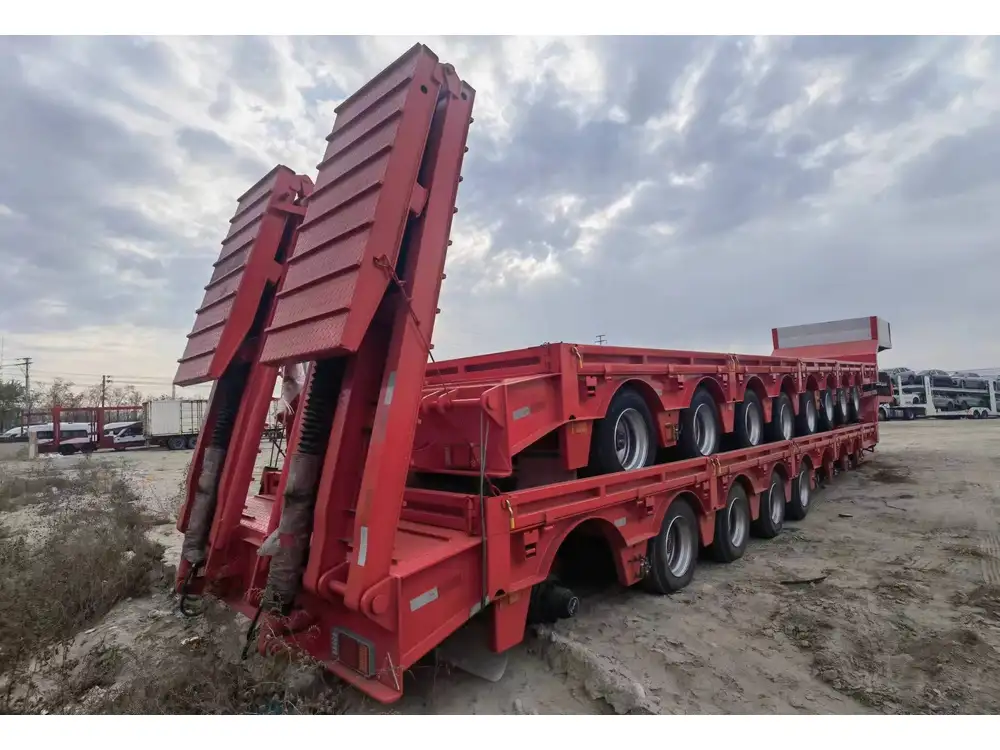
Step 5: Tighten the Straps
Achieve Proper Tension:
- Ratchet Straps: Use the ratchet mechanism to incrementally increase tension until the load is firmly secured.
- Tie-Down Straps: Pull manually and secure using buckles or hooks.
- Bungee Cords: Stretch to apply tension and hook securely.
Step 6: Inspect and Adjust
Final Verification:
- Check for Slippage: Ensure straps are not moving or loosening.
- Verify Tightness: Confirm that all straps are adequately tensioned.
- Consistency: Ensure even pressure across all securing points.
Step 7: Recheck During Transit
Ongoing Security:
- Periodic Inspections: Stop during long hauls to reassess strap tightness.
- Adjust as Needed: Retighten or reposition straps to maintain load stability.

Best Practices for Load Securing with Straps
Adhering to best practices enhances the effectiveness of load securing and prolongs the lifespan of straps.
1. Follow Legal Regulations
Compliance Standards:
- DOT Regulations: Adhere to Department of Transportation guidelines for load securing.
- Weight Limits: Do not exceed strap capacity ratings.
- Documentation: Maintain records of load securing measures for inspections.
2. Regularly Inspect Straps
Maintenance Routine:
- Pre-Use Checks: Examine straps for wear, fraying, or damage before each use.
- Post-Use Maintenance: Clean and store straps properly to prevent deterioration.
- Replace When Necessary: Discard any straps showing signs of compromise.

3. Use Protection for Straps
Preventive Measures:
- Edge Protection: Utilize pad protectors or pipe protectors to shield straps from sharp edges.
- Weather Shields: Cover straps in extreme weather conditions to prevent UV damage or moisture infiltration.
4. Avoid Over-Tensioning
Balanced Tightening:
- Proper Tension: Apply enough tension to secure the load without causing strap deformation.
- Avoid Twisting: Ensure straps lay flat to prevent uneven stress and potential breakage.
5. Distribute Load Evenly
Balanced Securing:
- Symmetrical Placement: Position straps uniformly across the load to maintain equilibrium.
- Equidistant Spacing: Space straps at regular intervals for consistent support.

Common Mistakes in Load Securing and How to Avoid Them
Even seasoned professionals can fall prey to common errors in load securing. Recognizing and rectifying these mistakes is essential for safety and efficiency.
Mistake 1: Using Inadequate Strap Strength
Issue: Selecting straps that cannot support the load’s weight can lead to failure during transit.
Solution: Always calculate the load weight and choose straps with a suitable working load limit (WLL). For heavy loads, prefer ratchet straps with higher tensile ratings.
Mistake 2: Incorrect Strap Placement
Issue: Poor placement can result in uneven load distribution and increased stress on straps.
Solution: Position straps at multiple points, focusing on the load’s center of gravity and securing from various angles to ensure stability.

Mistake 3: Neglecting Pre-Transit Inspections
Issue: Failing to inspect straps before departure can leave vulnerabilities unnoticed.
Solution: Implement a thorough inspection checklist to evaluate strap integrity and proper attachment before each trip.
Mistake 4: Relying Solely on One Type of Strap
Issue: Using a single strap type may not address all securing needs, especially for complex loads.
Solution: Combine different types of straps and securing devices to accommodate various load characteristics and provide comprehensive stability.
Mistake 5: Ignoring Legal Requirements
Issue: Non-compliance with regulations can result in fines, legal issues, and increased accident risks.
Solution: Stay informed about current load securing laws and ensure all practices meet or exceed these standards.

Advanced Techniques for Load Securing
For more complex or high-value cargo, advanced securing techniques can offer enhanced protection and stability.
1. Diagonal Strapping
Method: Apply straps at diagonal angles across the load to distribute tension more evenly and prevent movement in multiple directions.
Benefits:
- Increased stability
- Reduced risk of cargo shifting
- Enhanced load distribution
2. Double Loop Securing
Method: Create two loops with a single strap, attaching them to separate anchor points for added strength.
Benefits:
- Doubles the securing points
- Minimizes strain on any single strap section
- Provides redundancy in load securing
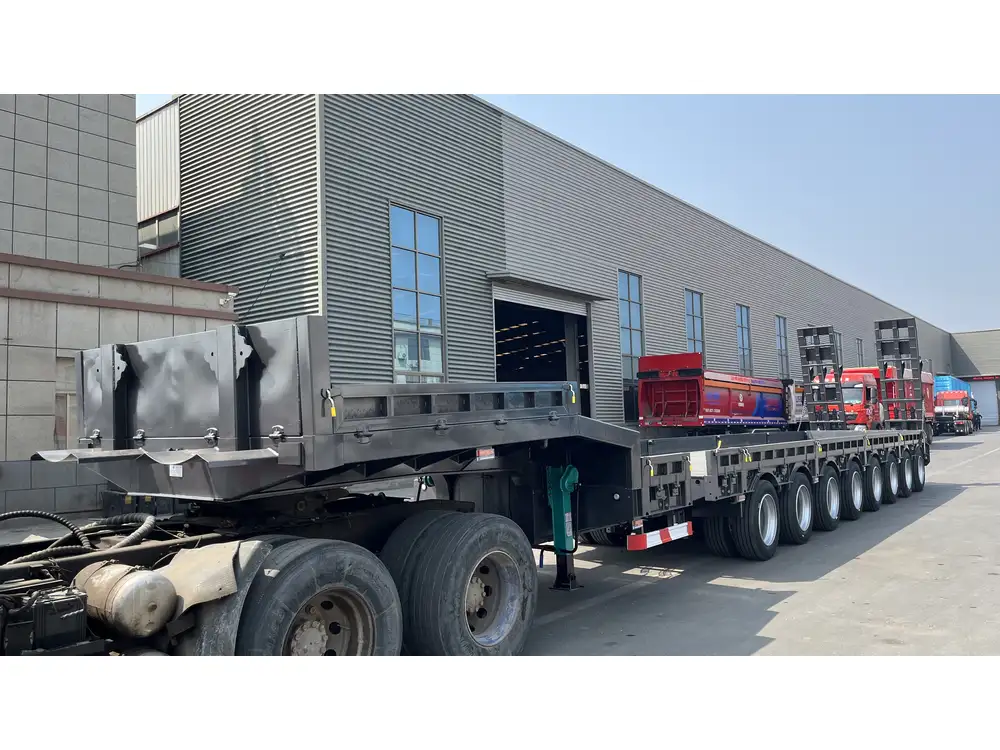
3. Crisscross Pattern
Method: Arrange straps in a crisscross pattern over the cargo to lock the load in place from multiple vectors.
Benefits:
- Maximizes load immobilization
- Distributes stress across multiple straps
- Enhances overall load security
4. Use of Load Bars and Dunnage
Method: Incorporate load bars or dunnage to create barriers and support structures, preventing cargo from shifting.
Benefits:
- Adds structural integrity
- Provides consistent pressure points
- Facilitates easier adjustment and securing
5. Employing Load Shift Indicators
Method: Attach load shift indicators to straps, which alert drivers if the load begins to move.
Benefits:
- Early detection of shifting loads
- Allows for immediate corrective action
- Enhances overall transport safety
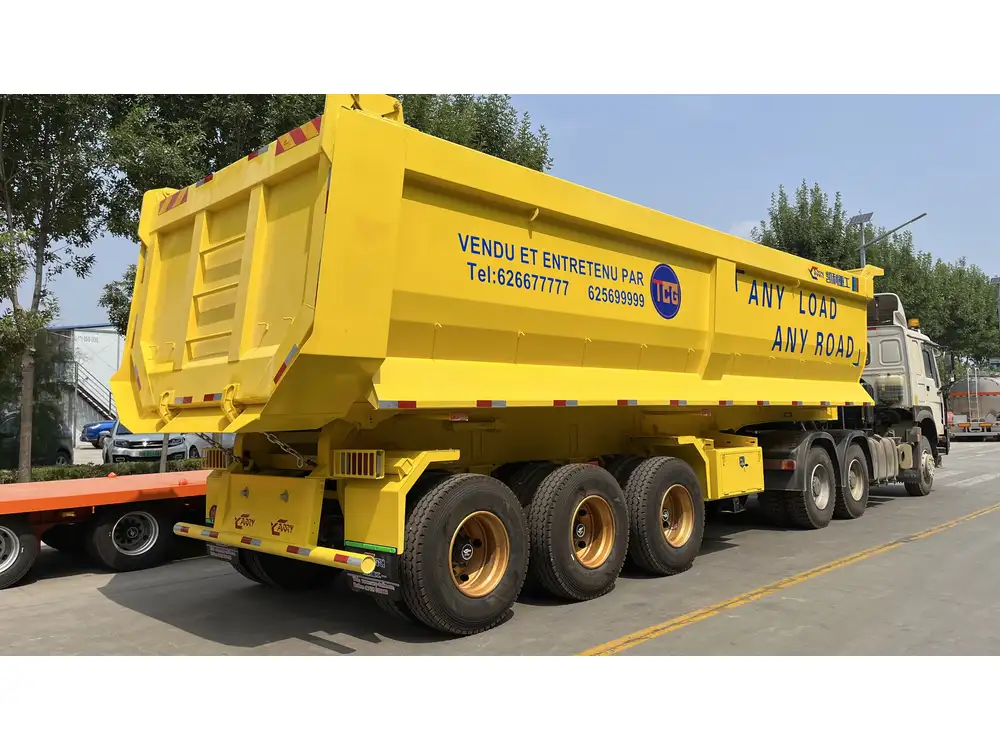
Choosing the Right Straps: A Comparative Table
To aid in selecting the appropriate straps, consider the following comparison:
| Strap Type | Material | Tensile Strength | Adjustability | Best For | Pros | Cons |
|---|---|---|---|---|---|---|
| Ratchet Straps | Polyester | High | Highly | Heavy, bulky, long-haul loads | Precise tension, durable, versatile | Requires more time to secure |
| Tie-Down Straps | Nylon/Polyester | Medium | Limited | Medium loads, quick securing | Cost-effective, easy to use | Less adjustable, lower strength |
| Bungee Cords | Rubber | Low to Medium | Flexible | Lightweight, irregular loads | Stretchable, easy to attach | Limited holding power, prone to wear |
| Load Bars | Steel/Aluminum | High | Fixed/Adjustable | Heavy equipment, structural support | Reusable, durable, stabilizes lateral movement | Requires proper installation, heavier |
Enhancing Load Security with Technology
Incorporating technology into load securing practices can significantly improve safety and efficiency.
1. Smart Straps
Features:
- Embedded sensors to monitor tension
- Real-time data transmission
- Automated alerts for tension loss or load shifting
Advantages:
- Continuous load monitoring
- Immediate notification of issues
- Enhanced preventative measures
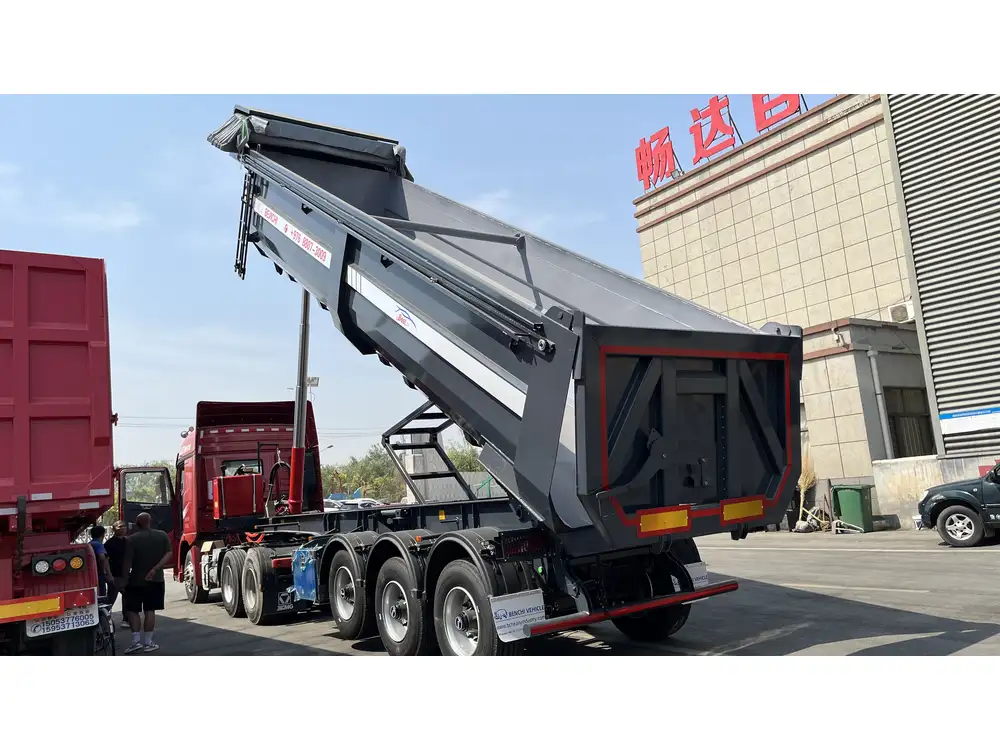
2. GPS Tracking
Features:
- Real-time location tracking
- Route optimization
- Load status updates
Advantages:
- Improved route planning
- Enhanced security against theft
- Better load management and visibility
3. Automated Tensioning Systems
Features:
- Mechanized tension application
- Consistent and precise securing
- Reduced manual labor
Advantages:
- Time-efficient
- Minimizes human error
- Ensures uniform tension across all straps
Training and Education for Effective Load Securing
Proper training is essential to ensure that all personnel are proficient in load securing techniques.

1. Comprehensive Training Programs
Components:
- Interactive workshops
- Practical demonstrations
- Certification courses
Benefits:
- Consistent understanding of securing methods
- Enhanced safety awareness
- Improved compliance with regulations
2. Regular Refresher Courses
Purpose:
- Update staff on new technologies and regulations
- Reinforce best practices
- Address common challenges and solutions
Benefits:
- Maintains high standards of load securing
- Reduces the likelihood of accidents
- Encourages continuous improvement
3. Documentation and Standard Operating Procedures (SOPs)
Components:
- Clear guidelines for load securing
- Step-by-step instructions
- Checklists for inspections
Benefits:
- Ensures uniform application of techniques
- Facilitates accountability
- Provides reference materials for staff

Case Studies: Effective Load Securing with CarMax Vehicle Trailers
Case Study 1: Securing Heavy Machinery
Challenge: Transporting large construction equipment with uneven weight distribution.
Solution: Utilized high-tensile ratchet straps in a diagonal pattern, secured to multiple anchor points on a CarMax Vehicle semi-trailer. Implemented load shift indicators for real-time monitoring.
Outcome: Successful transport without cargo movement, ensuring equipment integrity and compliance with safety standards.
Case Study 2: Moving Retail Goods
Challenge: Transporting fragile and diverse retail products requiring careful handling.
Solution: Employed a combination of bungee cords and tie-down straps to secure individual pallets and prevent shifting. Used load bars to create physical barriers between different product categories.
Outcome: Damage-free delivery with efficient loading and unloading processes, enhancing customer satisfaction and reducing return rates.

Case Study 3: Long-Haul Freight
Challenge: Ensuring load stability over extended distances and varying road conditions.
Solution: Integrated automated tensioning systems on CarMax Vehicle trailers to maintain consistent strap tension throughout the journey. Utilized GPS tracking for route optimization and load monitoring.
Outcome: Enhanced load security, reduced manual adjustments, and improved overall transport efficiency, leading to timely deliveries and cost savings.
Maintenance and Care of Load Securing Straps
Proper maintenance extends the lifespan of straps and ensures their reliability.
1. Cleaning
Method:
- Remove dirt, grease, and debris using mild soap and water.
- Avoid harsh chemicals that can degrade strap materials.
Benefit: Maintains strength and flexibility of straps, preventing premature wear.
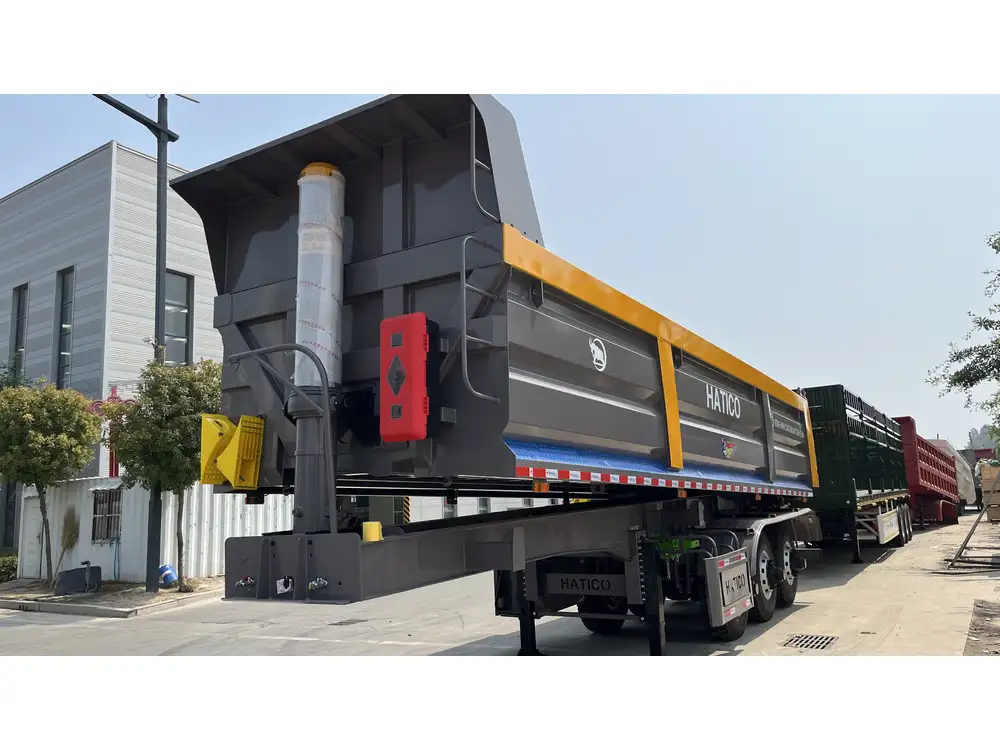
2. Drying
Method:
- Allow straps to air dry completely before storage.
- Avoid direct sunlight exposure during drying to prevent UV damage.
Benefit: Prevents mold growth and material weakening due to moisture retention.
3. Storage
Method:
- Store straps in a cool, dry place away from sharp objects.
- Use hook systems or storage reels to prevent tangling and kinks.
Benefit: Preserves the integrity of straps and ensures they are ready for use when needed.
4. Regular Inspections
Method:
- Implement a routine inspection schedule.
- Check for signs of fraying, cuts, or excessive wear.
Benefit: Identifies and addresses potential issues before they compromise load security.

Environmental Considerations in Load Securing
Sustainable practices in load securing contribute to environmental stewardship and operational efficiency.
1. Reusable Straps
Practice: Invest in durable, reusable straps made from recyclable materials.
Benefit: Reduces waste and minimizes the environmental impact associated with disposable securing methods.
2. Efficient Loading Techniques
Practice: Optimize load distribution to maximize trailer space and reduce the number of trips required.
Benefit: Lowers fuel consumption and decreases carbon emissions, promoting eco-friendly transportation.

3. Material Selection
Practice: Choose straps made from environmentally friendly materials with low carbon footprints.
Benefit: Supports sustainability goals and aligns with corporate social responsibility initiatives.
Future Trends in Load Securing
The load securing industry is evolving with advancements in technology and changing transportation demands.
1. Automation and Robotics
Trend: Development of automated systems for load securing, integrating robotics to handle strap application and tensioning.
Impact: Increases precision, reduces labor costs, and enhances overall securing efficiency.

2. Smart Materials
Trend: Introduction of intelligent materials with built-in sensors and adaptive properties.
Impact: Provides real-time feedback on load stability and environmental conditions, enabling proactive load management.
3. Integrated Monitoring Systems
Trend: Comprehensive monitoring systems that track load security status throughout the journey.
Impact: Enhances safety through continuous oversight and facilitates data-driven decision-making for transport operations.
Conclusion
Mastering the art of securing a load with straps is a multifaceted endeavor that demands attention to detail, adherence to best practices, and a commitment to continuous improvement. At CarMax Vehicle, we are dedicated to equipping our clients with the knowledge and tools necessary to ensure safe and efficient transportation of goods. By selecting the right straps, implementing systematic securing methods, and embracing advanced technologies, transportation professionals can achieve optimal load stability, minimize risks, and uphold the highest standards of safety and compliance.
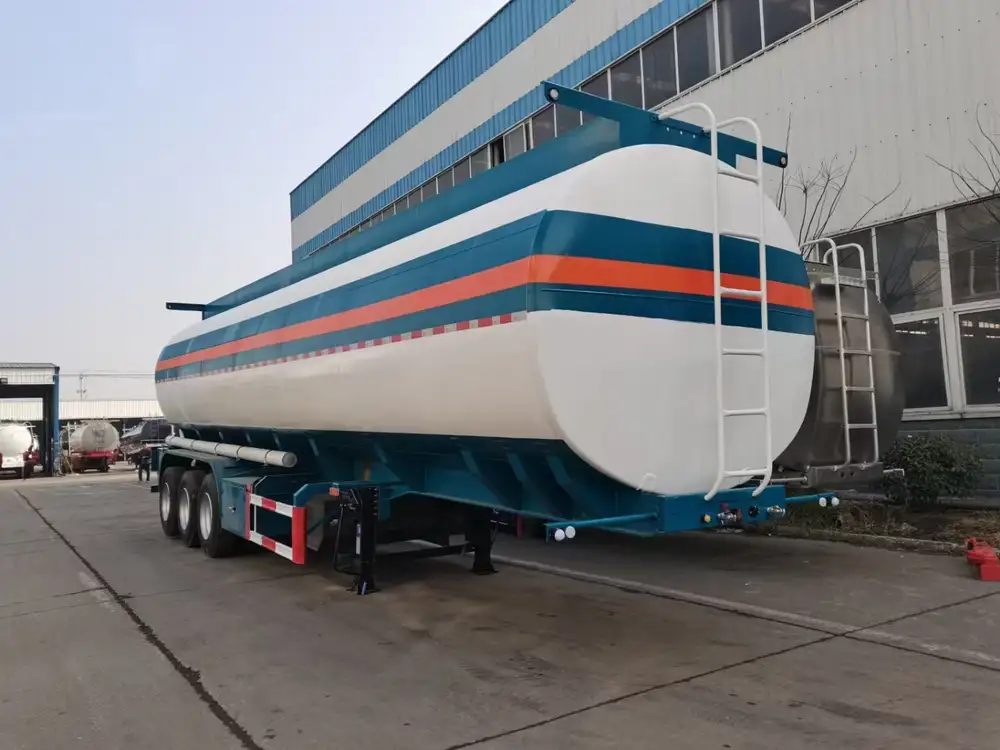
Frequently Asked Questions (FAQs)
1. What is the difference between ratchet straps and tie-down straps?
Answer: Ratchet straps offer higher tensile strength and precise tension control through a ratchet mechanism, making them suitable for heavy and bulky loads. Tie-down straps are simpler, more cost-effective, and ideal for medium loads but offer less adjustability and holding power compared to ratchet straps.
2. How often should load securing straps be inspected?
Answer: Load securing straps should be inspected before each use for signs of wear, fraying, or damage. Additionally, during long hauls, periodic inspections are recommended to ensure straps remain tight and effective throughout the journey.
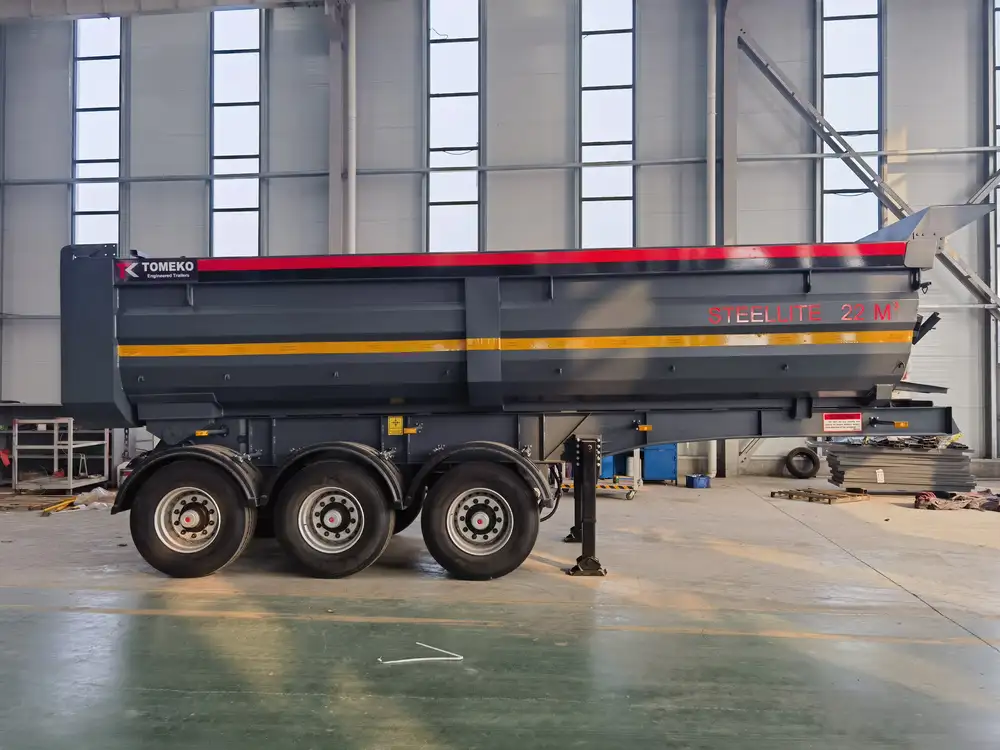
3. Can I use bungee cords to secure heavy loads?
Answer: Bungee cords are generally intended for lightweight or irregular loads due to their elastic properties. For heavy loads, it is advisable to use ratchet straps or tie-down straps with appropriate tensile strength to ensure safe and secure transportation.
4. What are load shift indicators, and are they mandatory?
Answer: Load shift indicators are devices attached to straps that alert drivers if the load begins to move. While not always mandatory, they are highly recommended for enhanced safety and early detection of securing failures, particularly for valuable or hazardous cargo.
5. How can technology improve load securing practices?
Answer: Technology such as smart straps with embedded sensors, automated tensioning systems, and integrated monitoring platforms can significantly enhance load securing practices by providing real-time data, ensuring consistent tension, and enabling proactive management of load stability throughout transit.



